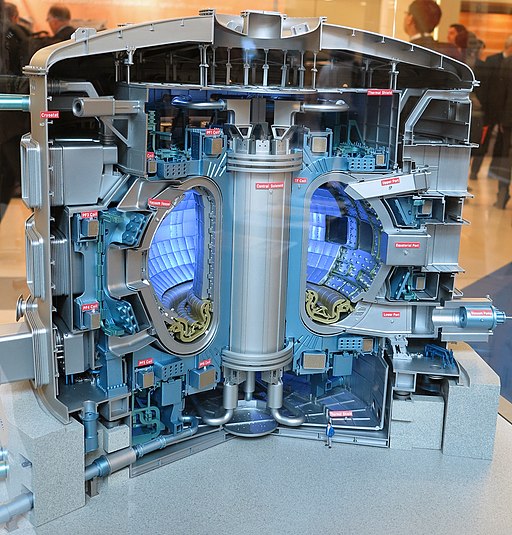EPJ D Highlight - Proton-hydrogen collision model could impact fusion research
- Details
- Published on 02 December 2019

A new theoretical model predicts how protons will collide with hydrogen atoms which have been excited to higher energy levels, over a wide range of impact energies
The motions of plasmas may be notoriously difficult to model, but they can be better understood by analysing what happens when protons are scattered by atoms of hydrogen. In itself, this property is characterised by the size of a particular area surrounding the atom, known as its ‘cross section’. In new research published in EPJ D, Anthony Leung and Tom Kirchner at York University in Canada used new techniques to calculate the cross sections of atoms which have been excited to higher energy levels. They analysed the behaviour over a wide range of impact energies.
Since a huge amount of energy is released when ions and atomic nuclei combine, the duo’s efforts are of particular importance to the field of nuclear fusion. Among those interested parties will be the International Thermonuclear Experimental Reactor (ITER) project, which relies upon accurate plasma modelling in its continuing developments of feasible fusion reactors. The collision process has been modelled through a wide variety of theoretical techniques in the past, but widespread discrepancies have remained between their results. In calculating the cross sections of hydrogen atoms in their first and second excited states, and for impact energies between 1 and 300keV, Leung and Kirchner’s results validate some of these previous conclusions. At the same time, they reveal continuing discrepancies in other models.
The researchers calculated their cross sections through a mathematical approach similar to those used in some previous studies, but which was more adaptable to intermediate-energy problems. Leung and Kirchner’s work could bring about important advances in physicists’ understanding of how plasmas behave, and may even advance our understanding of how they can be used to realise an abundant source of clean energy.
A.C.K Leung, T. Kirchner (2019) Proton impact on ground and excited states of atomic hydrogen, European Physical Journal D 73: 246, DOI: 10.1140/epjd/e2019-100380-X





